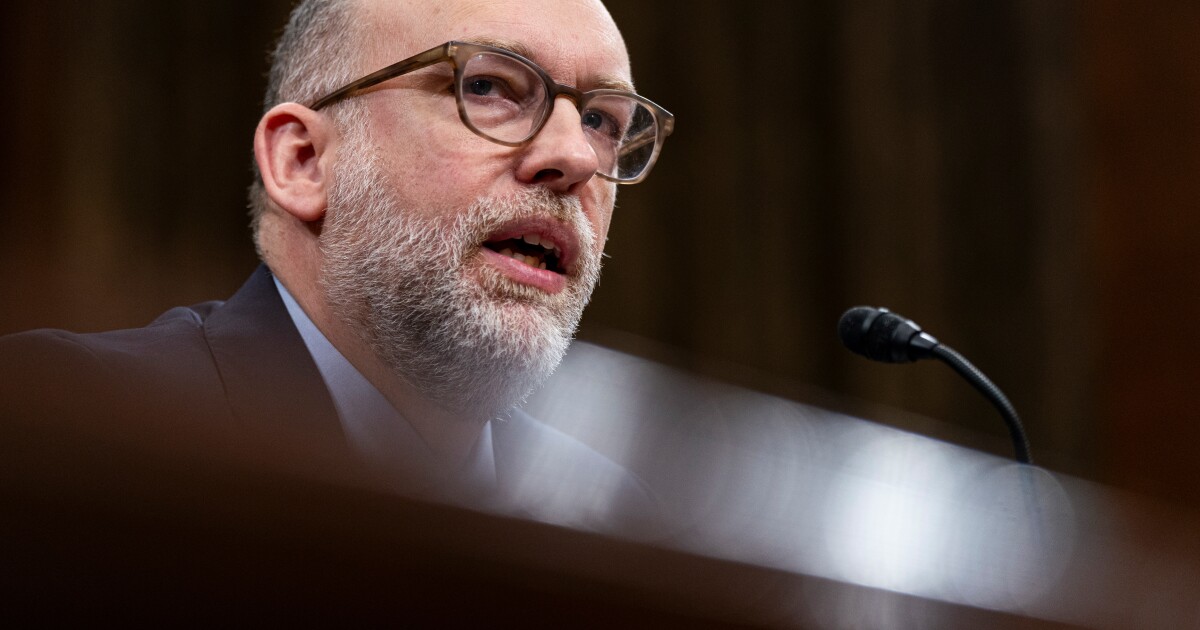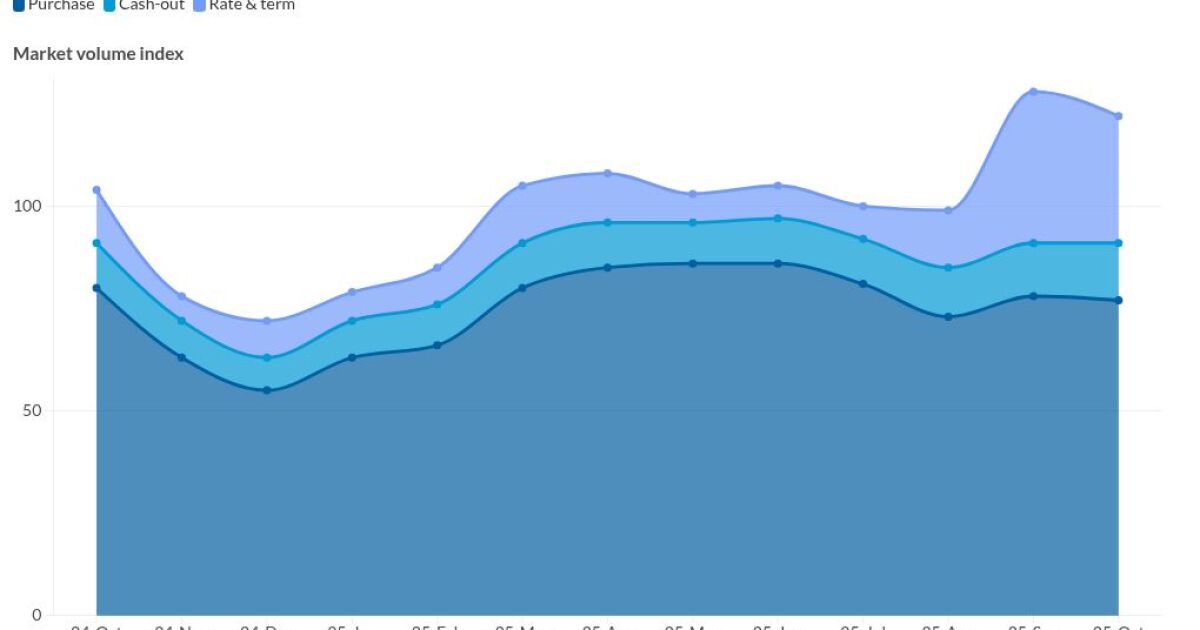
Following a one-week swing upward, loan application activity cooled again to another longtime low, dropping for the sixth time in seven weeks, according to the Mortgage Bankers Association latest survey.
The MBA's Market Composite Index, a weekly measure of mortgage application volumes based on surveys of the trade group's members, declined a seasonally adjusted 2.9% for the period ending Sept. 1, erasing an earlier 2.3% August gain. On a year-over-year basis, last week's activity came in 28.8% below levels from the same week in 2022.
"Mortgage applications declined to the lowest level since December 1996, despite a drop in mortgage rates," said Joel Kan, MBA's vice president and deputy chief economist in a press release.
"Both purchase and refinance applications fell, with the purchase index hitting a 28-year low," he added.
Off its recent highs, but still well above where they were earlier this year, mortgage rates dropped across the board among MBA lenders. The contract fixed interest rate for the 30-year loan with balances below the conforming amount of $726,200 retreated 10 basis points to 7.21% from 7.31% the prior week. Borrower points also decreased to 0.69 from 0.73 for 80% loan-to-value ratio loans.
The 30-year jumbo rate for balances above the conforming amount also averaged 7.21%, sliding from 7.28% in the previous survey. Points increased, though, by 10 basis points to 0.76 from 0.66.
"Rates remained more than a full percentage point higher than a year ago, despite mixed data on the health of the economy and signs of a cooling job market," Kan said.
With rates still elevated, borrowers have found little incentive to refinance over the past 12 months. The Refinance Index pulled back 4.7% last week, dropping to its lowest reading since January. Refinance volume also finished 30.2% lower from a year ago. The share of refinance activity, meanwhile, inched down to 30% of total application volume compared to 30.1% one week earlier.
Similarly, the seasonally adjusted Purchase Index fell 2.1% to its lowest point since 1995. On an annual basis, the index was 28.3% under year-ago levels. "Prospective buyers remain on the sidelines due to low housing inventory and elevated mortgage rates," Kan said.
The slow pace of mortgage activity is likely to carry over into the next few quarters as well, according to recent research from Fannie Mae, with low inventory and a potential recession both impacting demand.
At the same time mortgage activity fell last week, so did mean loan amounts. The average purchase size declined for the second time in the past three surveys, down 1.4% to $408,800 from $413,100. The mean refinance size saw a larger drop of 3.2% to $252,000 from $260,400 the previous week. The overall average amount recorded across all applications clocked in at $361,700, representing a 1.5% decrease from $367,200.
With the Government Index slipping by a smaller percentage compared to overall activity, federally backed loans managed to nab a larger share of applications than they did in the prior survey. Federal Housing Administration-sponsored mortgages garnered 13.7% of activity, increasing from 13.2%, and offsetting the declining share backed by the Department of Veterans Affairs, which slipped to 11.3% from 11.6%. The slice of activity coming through U.S. Department of Agriculture programs, however, grew to 0.6% from 0.4% seven days earlier.
The average contract rate for 30-year FHA-backed mortgages, meanwhile, dropped 7 basis points to 7.03% from 7.1%, with points decreasing to 0.95 from 1.09 week over week.
Likewise, the 15-year fixed mortgage rate fell to an average of 6.66% from 6.72% the prior week. Points plunged to 0.86 from 1.11 for 80% LTV loans.
As it did for fixed loans, the contract average for the 5/1 adjustable-rate mortgage decreased, falling 15 basis points to 6.33% from 6.48% one week prior. Borrowers typically used 1.11 in points compared to 1.2 in the last survey.
As ARM activity usually rises and falls in the same directions rates move, its weekly share of applications relative to total volume noticeably shrank to 6.7% from 7.5%.



